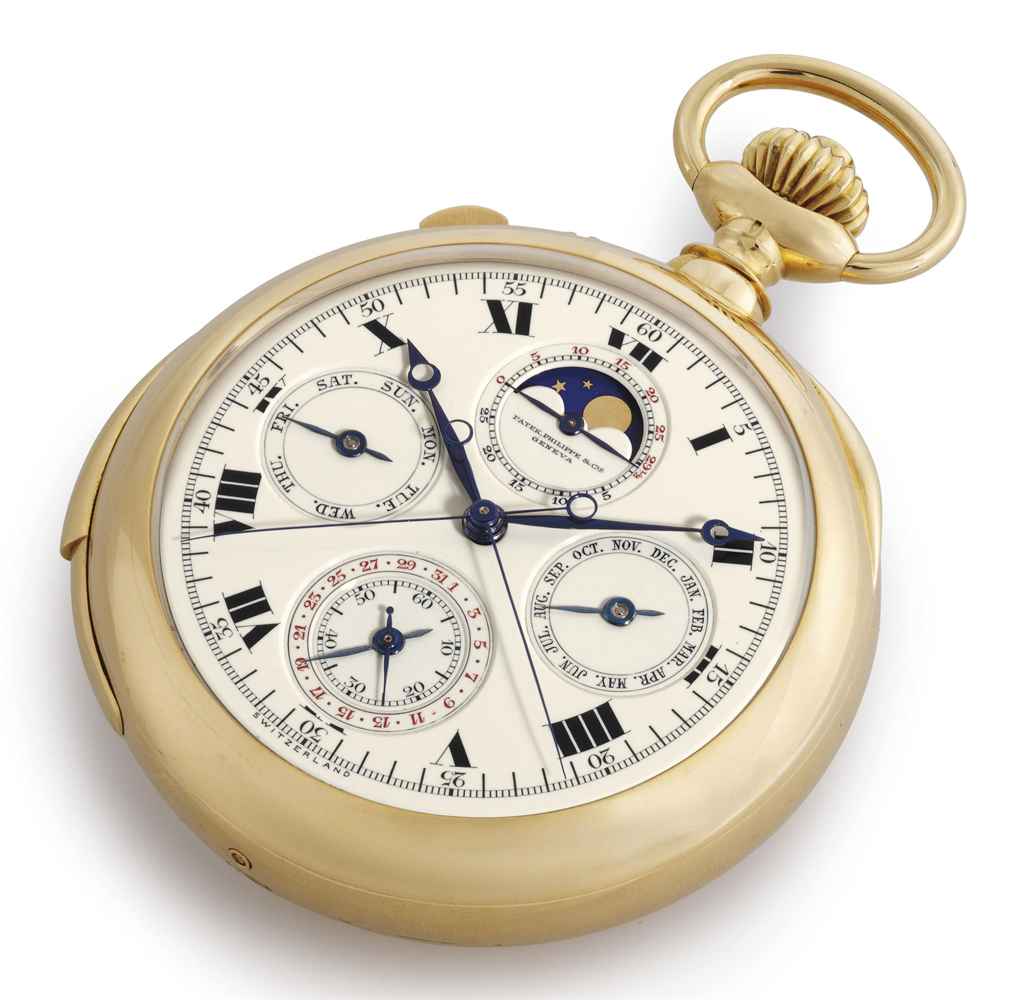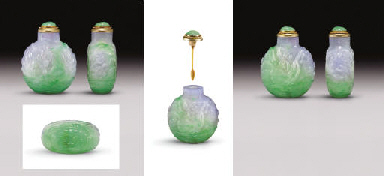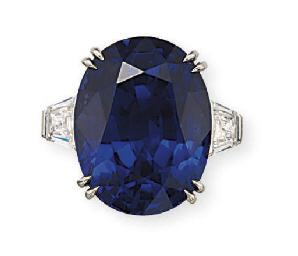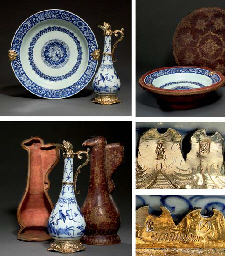A RARE AND IMPORTANT JAPANESE LACQUER CABINET FOR THE DUTCH MARKET EDO PERIOD, C.1680 Of rectangular form with a flat top, the sides and front embellished in gold, silver, brown and red lacquer hiramaki-e on a deep black roiro ground with a continuous design, the large panels depicting a complex scene of many figures in a mountainous river landscape; the left side with a rare depiction of the island of Dejima, a three-masted fluyt (cargo ship) sailing toward it, flying the tricolour flags of the Dutch East India Company and the stern with a small monogram reading VOC. The right-hand side of the panel depicts a busy street of Nagasaki leading to the Dutch island, with many figures in traditional garments engaged in daily life; a small wooden bridge leads to the fan-shaped artificial island, three Dutch men are visible outside the buildings and two Japanese figures sit in seiza in a small hut in the centre, probably guards. Japanese boats sail in the distance, and a four-storey pagoda with many birds flying above are visible behind. The front doors are decorated with a long procession, the many travellers on foot and on horseback, three of the horse riders dressed as Dutch merchants and a fourth figure, probably the Opperhoof (chief trader), is seen in a palanquin. Many Japanese figures on either side of the procession are engaged in various activities: some play musical instruments on board of small boats, others are fishing; figures inside buildings are depicted playing go, and farmers to the side are tending to their rice paddocks. The upper half of the right door depicts a large mansion, probably the local daimyo's castle, with men kneeling before another figure in the central courtyard. The right side of the cabinet is painted with further horse riders and their retinue journeying through mountains. The pair of doors to the front open to reveal eight rectangular drawers and two further doors with escutcheons; the cabinet is decorated to the inside with scenes of many birds in flight in further mountainous river landscapes, the reverse of the left door with two thatched buildings, one with a ladder, underneath a camellia tree with large blooms; the right door with a three-storey pagoda nestled amongst trees; with some details rendered in raised takamaki-e; the cabinet with elaborately engraved metal clasps and lock plates, together with the original key, raised on a later European Japanned wood stand, the cabinet 88cm x 100.5cm x 54cm. Provenance: an English private collection formerly at Cliff Avenue, Cromer, Norfolk since the 1950s and thence by descent. Believed by the family to have been purchased from Margaret Jane Barclay (1861-1958) of Herne Close, Cromer, together with the entire contents of her house. Margaret's ancestor James Barclay (1708-66) established the Barclays banking dynasty. It is likely that the cabinet was purchased by Margaret's father, Joseph Gurney Barclay (1816-98), who built Herne Close as a holiday house and furnished it. Joseph was one of the wealthiest members of the Barclays family, leaving many properties and a fortune of £900,000 to his children after his death. LOT ESSAY: The Dutch East India Company or VOC (Vereenigde Oostindische Compagnie) had an exceptional position in 17th century Japan. On 24th August 1609, Jacques Specx (the first chief merchant or Opperhoofd) was given the permission to trade by the Shogun, Tokugawa Ieyasu. After the Portuguese were expelled from the country, the Dutch became the only Europeans allowed to trade there. In 1634, the artificial fan-shaped island of Dejima became their trading post. The island was only 185 meters long and the VOC had to pay about £150,000 per year for it. There was only one bridge connecting it to the shore which gave local authorities complete control over the Westerners. There was a maximum of twenty Dutch people living on the island at any time, and -officially- none of them were soldiers or women. Restrictions on Dejima were tight an
A RARE AND IMPORTANT JAPANESE LACQUER CABINET FOR THE DUTCH MARKET EDO PERIOD, C.1680 Of rectangular form with a flat top, the sides and front embellished in gold, silver, brown and red lacquer hiramaki-e on a deep black roiro ground with a continuous design, the large panels depicting a complex scene of many figures in a mountainous river landscape; the left side with a rare depiction of the island of Dejima, a three-masted fluyt (cargo ship) sailing toward it, flying the tricolour flags of the Dutch East India Company and the stern with a small monogram reading VOC. The right-hand side of the panel depicts a busy street of Nagasaki leading to the Dutch island, with many figures in traditional garments engaged in daily life; a small wooden bridge leads to the fan-shaped artificial island, three Dutch men are visible outside the buildings and two Japanese figures sit in seiza in a small hut in the centre, probably guards. Japanese boats sail in the distance, and a four-storey pagoda with many birds flying above are visible behind. The front doors are decorated with a long procession, the many travellers on foot and on horseback, three of the horse riders dressed as Dutch merchants and a fourth figure, probably the Opperhoof (chief trader), is seen in a palanquin. Many Japanese figures on either side of the procession are engaged in various activities: some play musical instruments on board of small boats, others are fishing; figures inside buildings are depicted playing go, and farmers to the side are tending to their rice paddocks. The upper half of the right door depicts a large mansion, probably the local daimyo's castle, with men kneeling before another figure in the central courtyard. The right side of the cabinet is painted with further horse riders and their retinue journeying through mountains. The pair of doors to the front open to reveal eight rectangular drawers and two further doors with escutcheons; the cabinet is decorated to the inside with scenes of many birds in flight in further mountainous river landscapes, the reverse of the left door with two thatched buildings, one with a ladder, underneath a camellia tree with large blooms; the right door with a three-storey pagoda nestled amongst trees; with some details rendered in raised takamaki-e; the cabinet with elaborately engraved metal clasps and lock plates, together with the original key, raised on a later European Japanned wood stand, the cabinet 88cm x 100.5cm x 54cm. Provenance: an English private collection formerly at Cliff Avenue, Cromer, Norfolk since the 1950s and thence by descent. Believed by the family to have been purchased from Margaret Jane Barclay (1861-1958) of Herne Close, Cromer, together with the entire contents of her house. Margaret's ancestor James Barclay (1708-66) established the Barclays banking dynasty. It is likely that the cabinet was purchased by Margaret's father, Joseph Gurney Barclay (1816-98), who built Herne Close as a holiday house and furnished it. Joseph was one of the wealthiest members of the Barclays family, leaving many properties and a fortune of £900,000 to his children after his death. LOT ESSAY: The Dutch East India Company or VOC (Vereenigde Oostindische Compagnie) had an exceptional position in 17th century Japan. On 24th August 1609, Jacques Specx (the first chief merchant or Opperhoofd) was given the permission to trade by the Shogun, Tokugawa Ieyasu. After the Portuguese were expelled from the country, the Dutch became the only Europeans allowed to trade there. In 1634, the artificial fan-shaped island of Dejima became their trading post. The island was only 185 meters long and the VOC had to pay about £150,000 per year for it. There was only one bridge connecting it to the shore which gave local authorities complete control over the Westerners. There was a maximum of twenty Dutch people living on the island at any time, and -officially- none of them were soldiers or women. Restrictions on Dejima were tight an









.jpg)
.jpg)
.jpg)
.jpg)
.jpg)
.jpg)
Try LotSearch and its premium features for 7 days - without any costs!
Be notified automatically about new items in upcoming auctions.
Create an alert